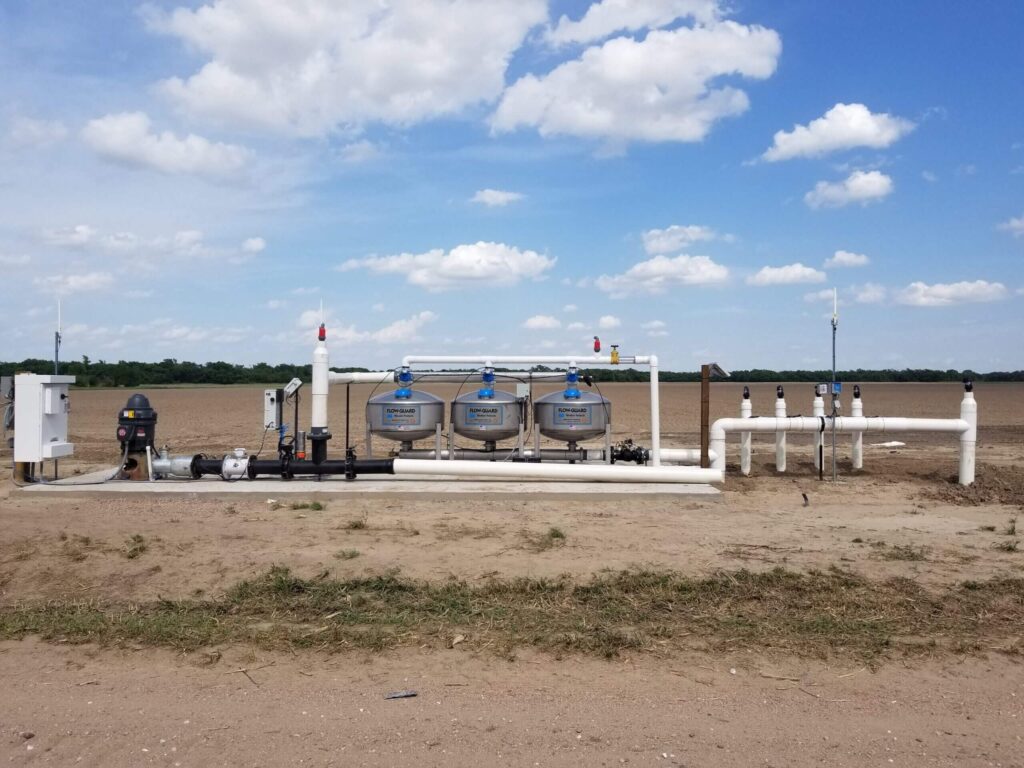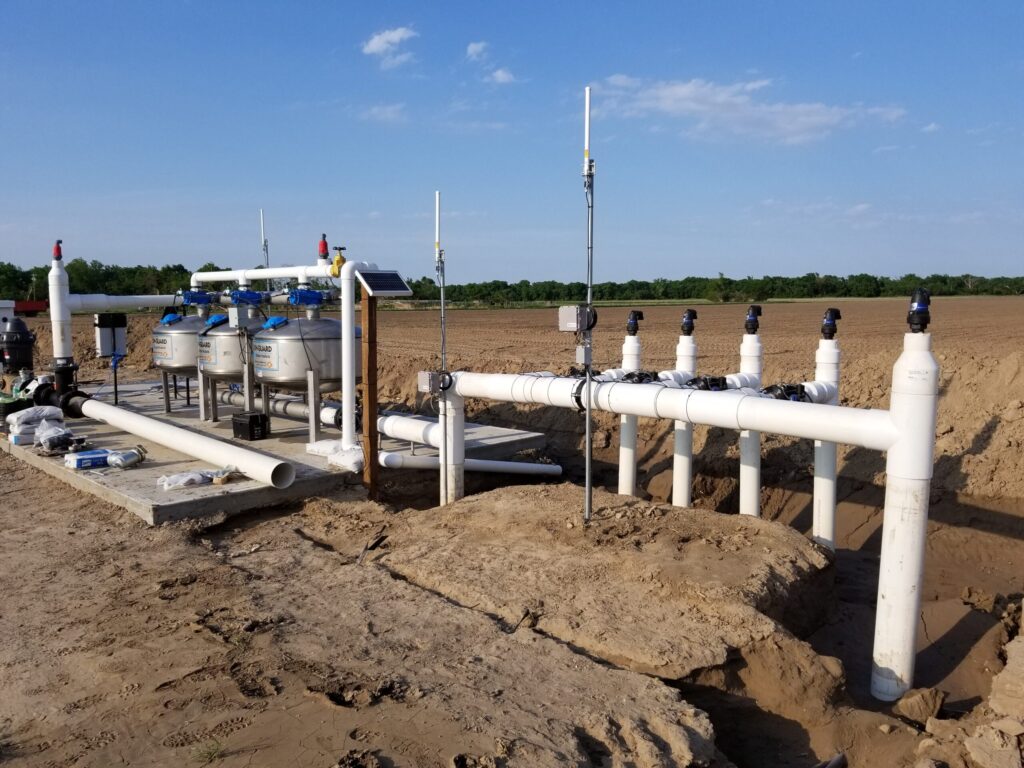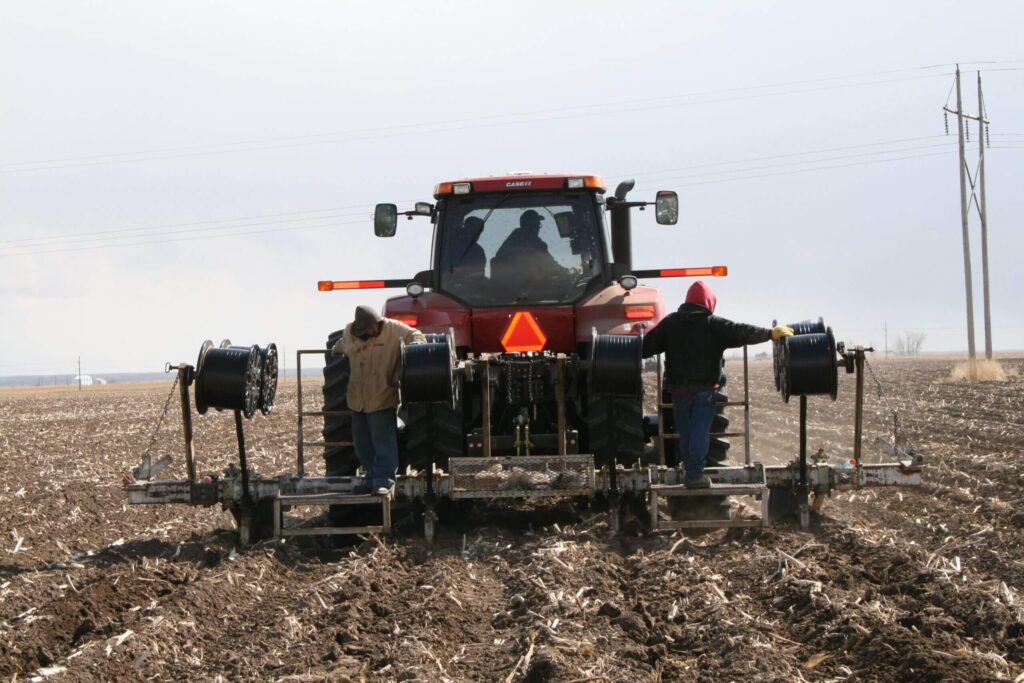Irrigation Evolution: Understanding the Impact of Subsurface Drip Systems
Welcome to the world of irrigation evolution! As technology advances and environmental concerns become more prevalent, traditional methods of irrigation are being reexamined. One major innovation in this field is the subsurface drip system (SDI). But what exactly is an SDI and how does it work? Is it worth investing in for your agricultural or landscaping needs? In this blog post, we will dive into the world of SDIs and explore their impact on water conservation, crop yield, and overall sustainability. Get ready to learn about a game-changing technique that could revolutionize your approach to irrigation. So sit back, grab a cup of coffee, and let’s explore the incredible impact of subsurface drip systems together.

Subsurface Drip Irrigation: An Overview and Its Benefits for Homeowners
Subsurface Drip Irrigation (SDI) is a highly efficient irrigation system that delivers water directly to the root zone of plants. Installed beneath the soil’s surface, this sophisticated system creates a direct link between the water source and the plant’s root system, eliminating the wastage typically associated with traditional overhead irrigation methods.
For homeowners, the benefits of implementing an SDI are numerous. First and foremost, SDIs promote water conservation. With water scarcity being a pressing global issue, SDIs provide an effective solution, significantly reducing water usage by delivering the exact amount of water needed directly to the plant roots, thereby minimizing evaporation and runoff.
Secondly, SDIs can contribute to better plant health and aesthetic value in your garden or landscape. By providing consistent moisture to the root zone, plants are better nourished and can thrive, making your outdoors vibrant and healthy.
Lastly, an SDI can save you money in the long run. Despite an initial investment, the reduction in water usage and increased durability of your plants can lead to substantial savings, making SDI a worthwhile consideration for any homeowner interested in sustainable irrigation solutions.
The Evolution of Irrigation Systems: The Emergence of Subsurface Drip Systems
The journey of irrigation systems from basic techniques to sophisticated methods is a testament to human ingenuity and technological advancement. Historically, irrigation involved labor-intensive methods, such as hauling water by hand or using animals to pull simple machines. As civilizations evolved, so did their methods of watering crops. Canals and ditches, followed by more advanced techniques like sprinkler systems and center pivot irrigation, became prevalent.
The last few decades have seen the rise of more efficient, conservation-focused systems, leading to the emergence of Subsurface Drip Irrigation (SDI). Developed to address the twin challenges of water scarcity and the need for increased food productivity, SDI represents a significant leap forward in irrigation technology. The first commercial SDIs were introduced in the late 1960s, revolutionizing the industry.
As technology developed, so did SDIs. They evolved from simple, manual systems to ones that incorporate computer control and automation, allowing for the precise delivery of water and nutrients directly to plant roots. This evolution not only reflects our growing understanding of plant physiology and soil science but also the need to create sustainable agricultural practices that conserve water, improve crop yields, and are adaptable to diverse climatic conditions.

Exploring the Efficiency and Cost-Effectiveness of Subsurface Drip Systems
Subsurface Drip Irrigation (SDI) systems are laudable for their efficiency and cost-effectiveness. Their precision in delivering water right at the root zone of plants eliminates common losses related to evaporation and wind. This not only ensures that plants get adequately watered, but it also results in considerable water savings, making SDI an ecologically responsible choice in the face of growing global water scarcity.
In terms of cost-effectiveness, the initial setup cost of an SDI might be higher than that of traditional irrigation methods. However, the long-term benefits far outweigh these initial costs. For one, the conservation of water translates to significant savings on water bills. Moreover, the health of the plants is considerably better, reducing the frequency of plant replacements and the associated costs.
Additionally, SDI systems require less maintenance as they are less prone to blockages and damage from external elements, given their subsurface positioning. This saves both labor costs and time, making SDI an affordable option in the long run. Taking these factors into account, it becomes clear that Subsurface Drip Irrigation systems are not only efficient but can also be incredibly cost-effective.
The Environmental Impact of Subsurface Drip Irrigation: A Green Solution
Subsurface Drip Irrigation (SDI) systems are not only efficient and cost-effective but also present significant environmental benefits that are worth recognizing. The most evident one is water conservation. As mentioned earlier, SDIs deliver water directly to the root zone, minimizing losses due to evaporation and runoff. This precision dramatically reduces water usage compared to traditional irrigation methods, helping to combat the global issue of water scarcity.
Moreover, SDIs contribute to reducing chemical usage, a critical concern in contemporary agriculture. Because water is delivered directly to the plant roots, less fertilizer is needed to stimulate growth. This precise delivery decreases the risk of over-fertilizing and potential chemical runoff into nearby water sources, a common environmental issue associated with traditional irrigation. Reduced chemical inputs mean healthier soil and less contamination of groundwater, contributing to improved ecosystem health.
Furthermore, SDIs allow for the use of lower quality water, such as reclaimed or mildly saline water, that may not be suitable for other types of irrigation. This adaptability further conserves freshwater resources and promotes recycling.
In conclusion, Subsurface Drip Irrigation systems are an exemplary embodiment of sustainable farming practices. By promoting water conservation, reducing chemical usage, and enabling the use of alternative water sources, SDIs present a green solution for modern agriculture, contributing positively to environmental preservation.

How to Install a Subsurface Drip System in Your Yard
Installing a Subsurface Drip Irrigation (SDI) system in your yard requires careful planning and a few important steps. Here’s a basic guide:
- Design Your System: Start by drawing a map of your yard, indicating plants, shrubs, and trees, as well as their watering needs. This will help you determine where to place the drip lines for maximum efficiency.
- Choose the Right Equipment: Purchase an SDI kit from a reputable supplier. The kit should include a backflow preventer, filter, pressure regulator, tubing, emitters, and fittings.
- Prepare the Site: Before the installation process begins, clear the area of any debris, rocks, or roots that could potentially damage the drip lines. Watering the area a day before installing the system to soften the ground is also a good idea.
- Install the System Components: Start by connecting the backflow preventer, filter, and pressure regulator to your water source. Then, using a trencher or a shovel, dig trenches approximately 6 to 12 inches deep where you will lay the drip lines according to your design.
- Lay the Drip Lines: Place the drip tubing in the trenches, ensuring the emitters are positioned correctly for optimal watering. Attach the fittings and close off the ends of the drip lines.
- Test the System: Before covering the trenches, turn on the water to check for leaks and to ensure that water is being distributed properly. Make any necessary adjustments.
- Cover the Trenches: Once you are satisfied that the system is working correctly, backfill the trenches, taking care not to damage the drip lines.
- Schedule Watering: Program the system according to the watering needs of your plants. Remember, the goal is to keep the root zone moist but not soggy.
Remember that each yard is unique, so your installation process might require additional steps. Also, local regulations may require that a licensed contractor perform the installation, or may specify certain requirements for the system. Always check local regulations before installation.
In conclusion, Subsurface Drip Irrigation (SDI) systems offer numerous benefits, including efficiency, cost-effectiveness, and environmental responsibility. With careful planning and proper installation, SDIs can be a valuable addition to any yard or agricultural operation. By conserving water resources, reducing chemical usage, and promoting the use of alternative water sources, SDIs are paving the way toward a greener and more sustainable future for agriculture. So why wait? Start planning your SDI system today and contribute to a healthier planet for generations to come.
